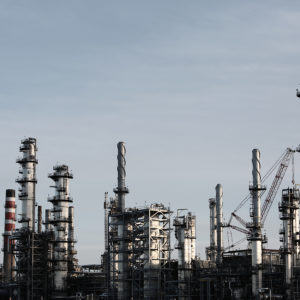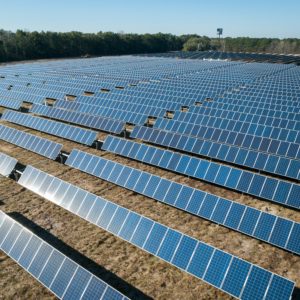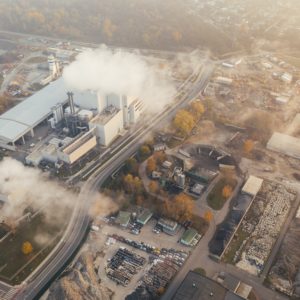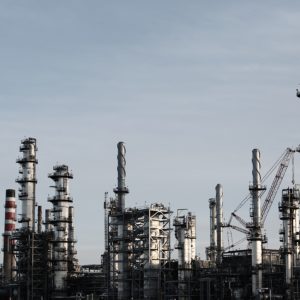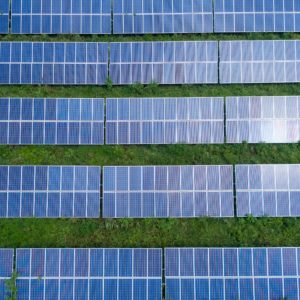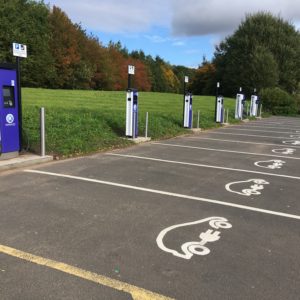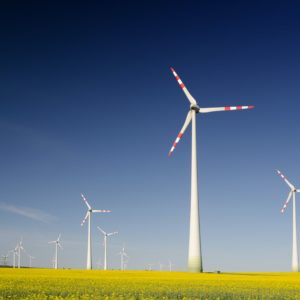“'Carbon-negative RNG is being used today by thousands of vehicles with more and more fleets requesting it every week,' said Andrew J. Littlefair, CEO and president of Clean Energy. 'Taking this next step allows us to expand the availability of the fuel while providing dairy owners with a way to make a significant impact on the environment and create an additional revenue stream.'"
China makes no shift away from coal in five-year plan as it ‘crawls’ to carbon neutrality
"China’s five-year plan is 'underwhelming and shows little sign of a concerted switch away from a future coal lock-in,' said Swithin Lui, of NewClimate Institute, and the China lead for Climate Action Tracker."
Replacing High Paying Oil Jobs With Clean Energy Jobs Is Not So Easy
"The Bureau of Labor Statistics reports that solar power technicians make $43,000 and wind turbine technicians earn $53,000 annually. In other words, these new 'high-paying jobs' pay $60,000 to $70,000 less than their oil and gas counterparts. This is a significant wage gap to close by any standard.
Critical Mineral Supply Chains: America’s Pathway to a Circular Economy and Responsible Mining
"No single link in the vehicle supply chain is more important than the minerals needed for battery production. Ignoring this issue and failing to perfect environmentally sustainable mining practices in North America today will sow the seeds of another energy dependency crisis as serious as the Arab Oil Embargo of the 1970s."
The National Flood Insurance Program: Drowning in Rising Sea Levels and Debt
While many people believe that the only way to mitigate the effects of climate change is to spend more money, this report shows that reforming ineffective government programs and unlocking the power of the private sector can be even more effective.
We Just Have To Capture The Carbon Before It Enters The Atmosphere
"Next year, the PNNL team will produce 4,000 gallons of EEMPA to test in the facilities at the National Carbon Capture Center in Shelby County, Alabama, in a project led by the Electric Power Research Institute in partnership with Research Triangle Institute International."
Fossil fuels still have a role to play in the low-carbon future
Marcus Lee writes on The Washington Examiner that fossil fuels still have a role to play in the low carbon future. online pharmacy https://rootsandwingspsychology.ca/wp-content/uploads/2020/03/prevacid.html no prescription “As we rightly move toward decarbonization to address the climate crisis, it would be a mistake to ignore the valuable contributions that hydrocarbons will play in helping us achieve...
U.S. solar had a record year in 2020
"Additions of new U.S. solar generating capacity broke new records last year despite the COVID-19 pandemic slowing some types of projects, per new industry data."
America’s ‘Huge’ Hydrogen Opportunity
"As a global company, we have witnessed the development of hydrogen economies in key markets, in particular in the past year, including the European Union and Asia. We have seen firsthand the positive impact that hydrogen has had on spurring economic development in those regions. Now is the time for the U.S. to take a leadership role at this critical juncture in the energy transition."
California power projections underscore difficulty of Biden climate targets
"California will have to deploy renewable power at record-breaking speed over the next few decades to meet its target for carbon-free electricity by 2045, a transformation that state agencies say in a new report this week is technically achievable but immensely challenging."
